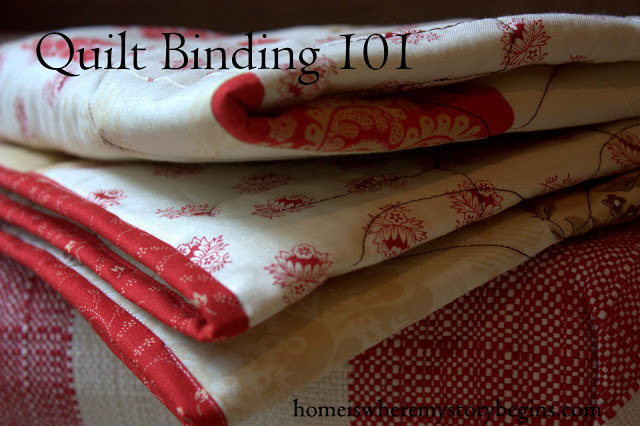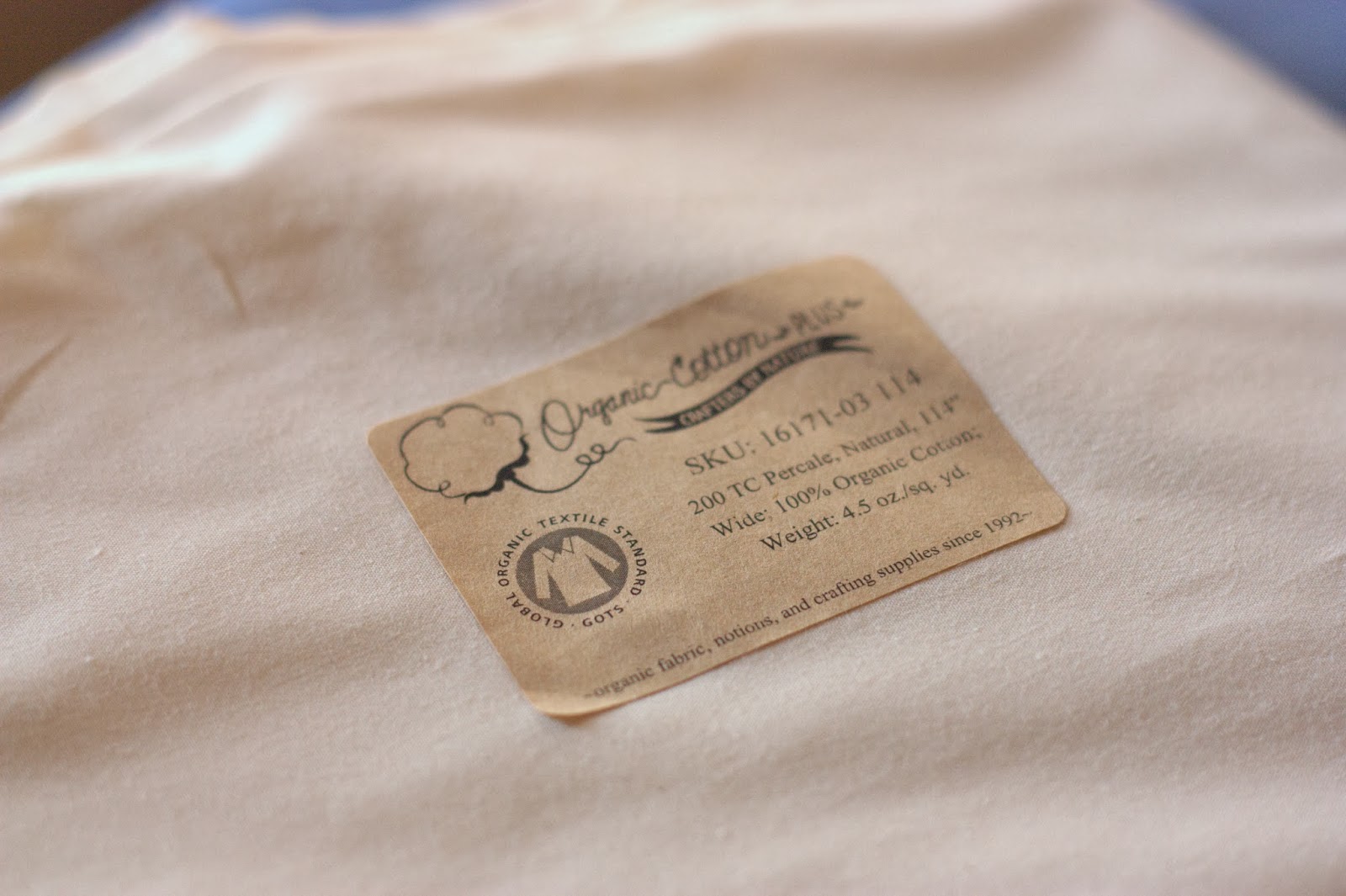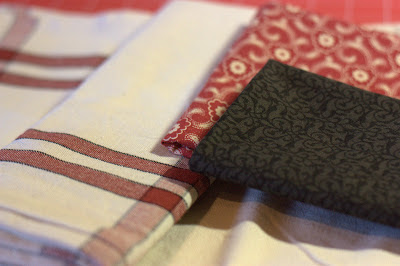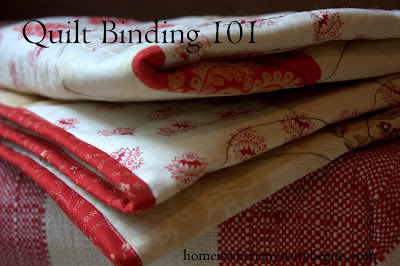
Quilt Binding 101
When I got the urge to start this quilt, the fabric had


About a month ago I received an email from the nice people

Oh, what to do with a few pre-made kitchen towels and some



I promised a tutorial on how to make a camera strap cover,